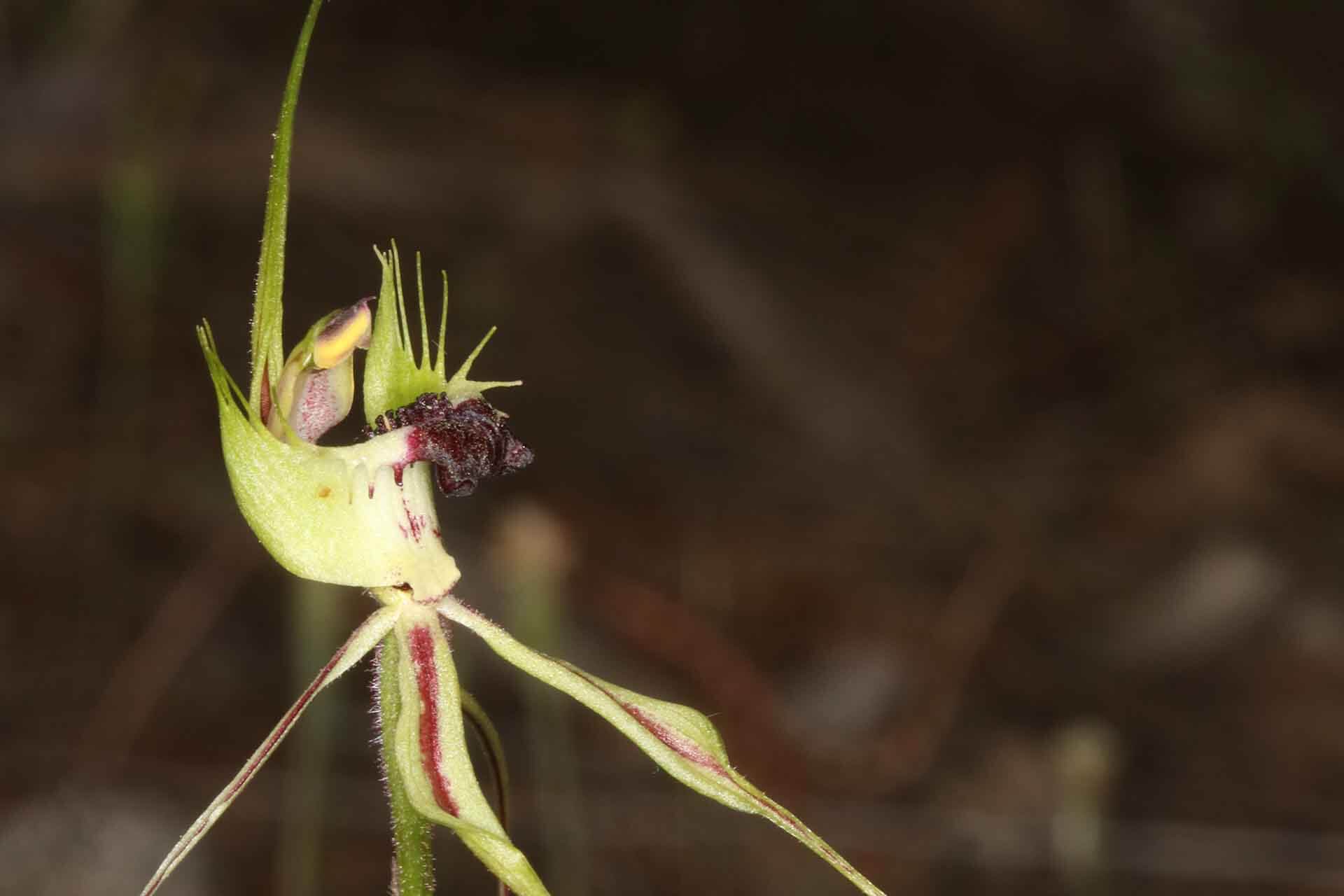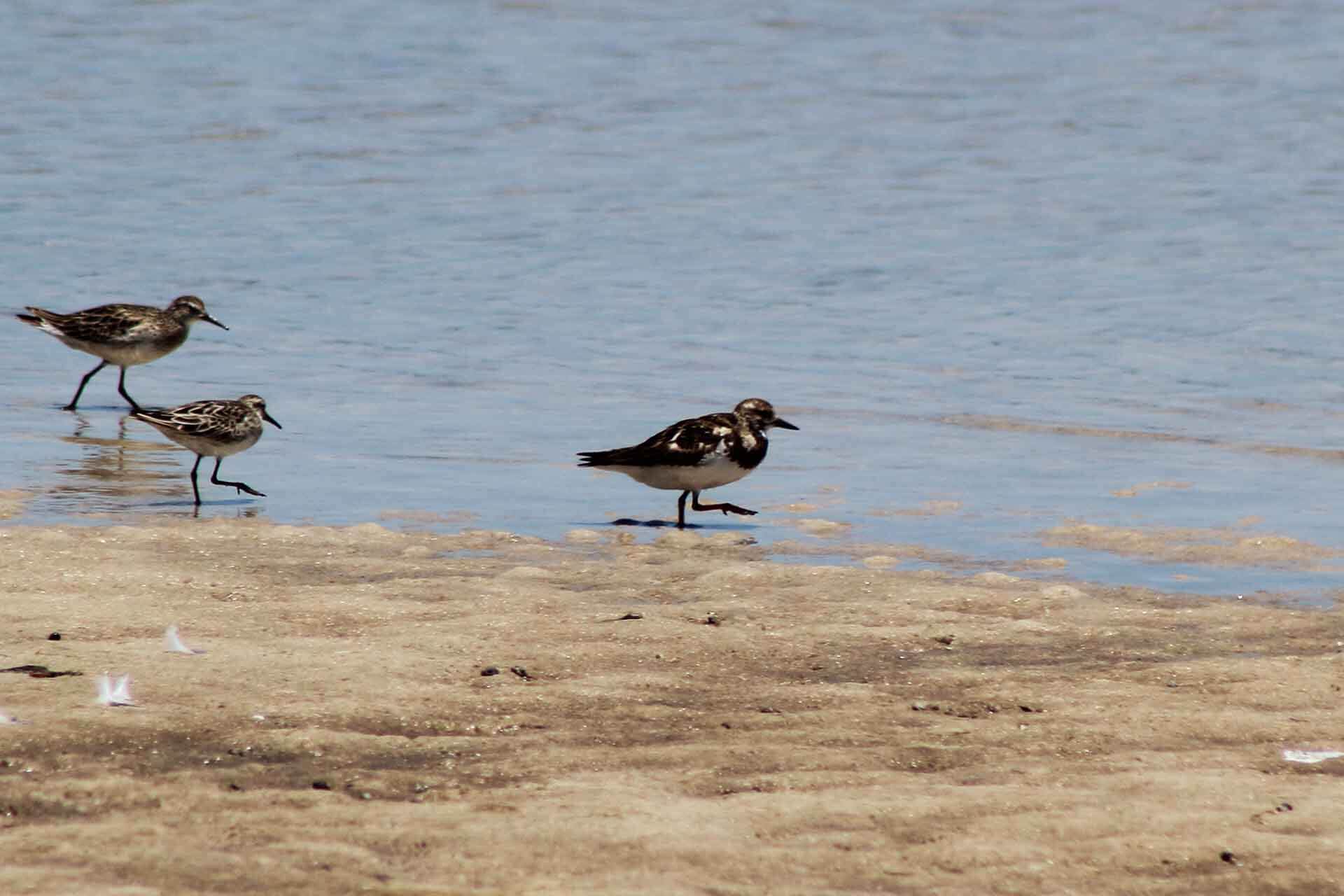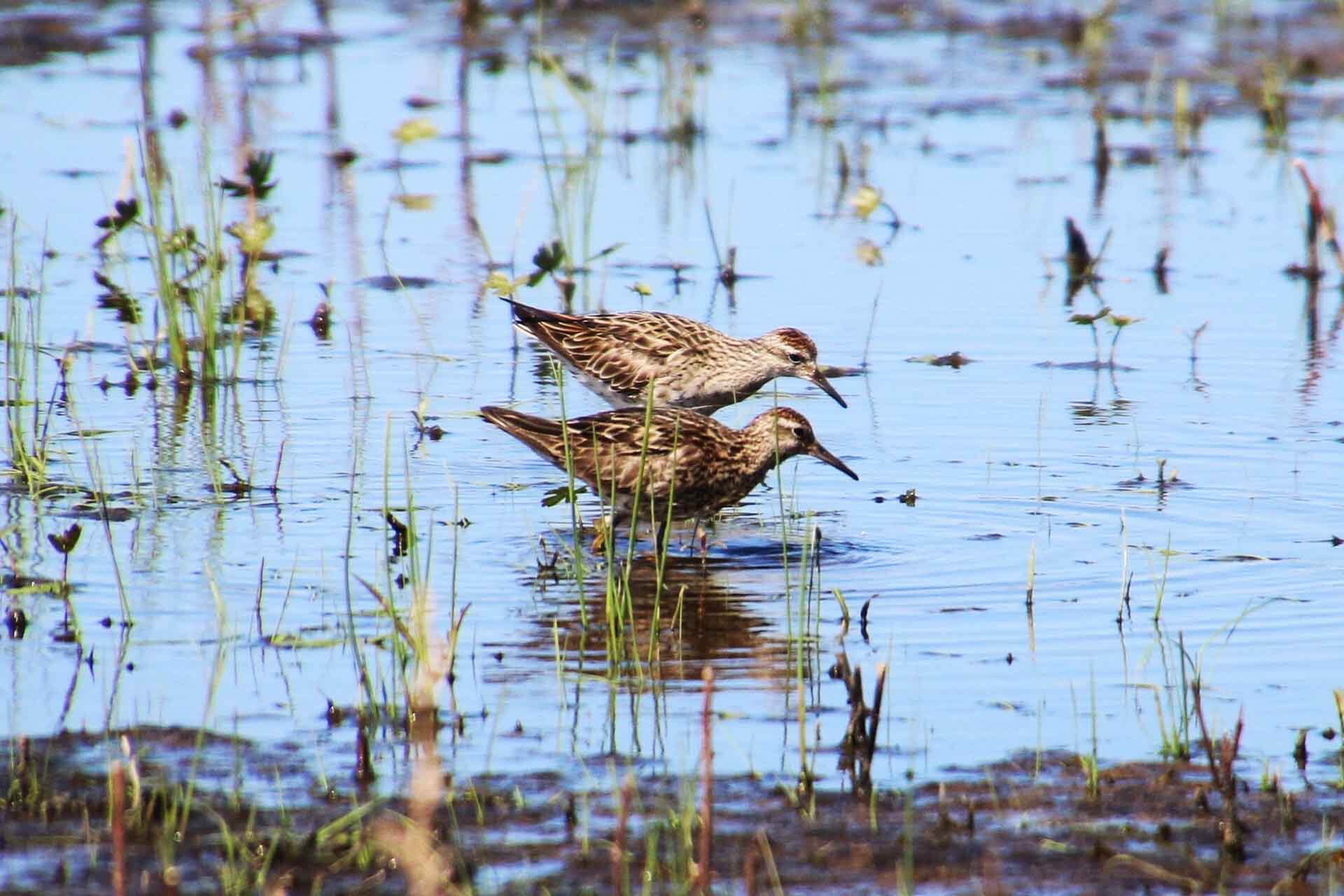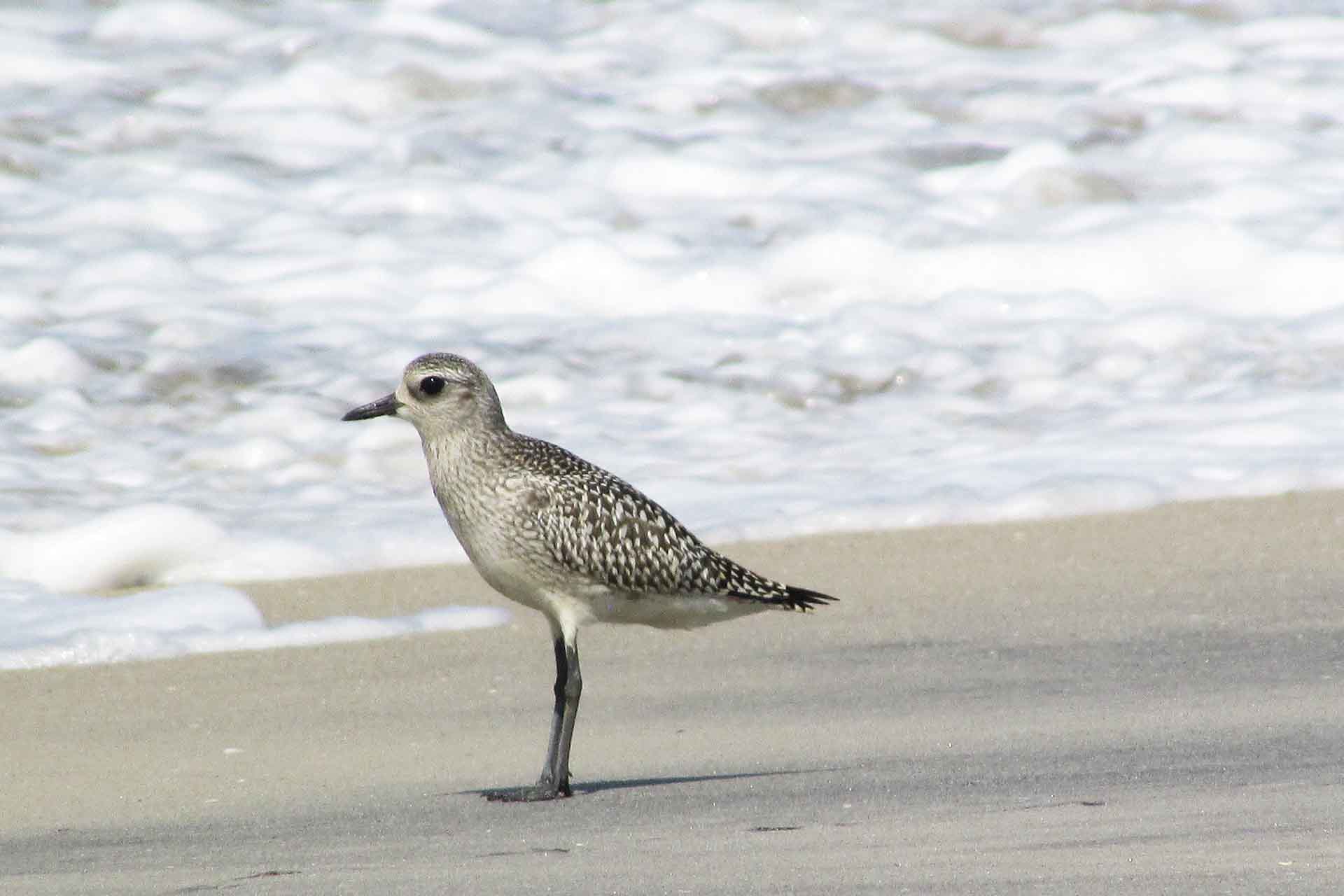NSW Threatened Species Scientific Committee final determinations for July 2025
Six species have been listed as a threatened species.
The NSW Threatened Species Scientific Committee assesses which species are eligible for listing as threatened species.
The orchid Caladenia callitrophila, grey plover Pluvialis squatarola, black-tailed godwit Limosa limosa, ruddy turnstone Arenaria interpres, sharp-tailed sandpiper Calidris acuminata, and red knot Calidris canutus have been listed as threatened species.
NSW Threatened Species Scientific Committee final determination for the orchid, Caladenia callitrophila
The orchid Caladenia callitrophila has been listed as a critically endangered species.
The orchid Caladenia callitrophila is endemic to the southern Riverina region of New South Wales. It is currently known to exist in only 3 subpopulations located within state forests between the towns of Berrigan and Balldale.
More information on the species can be found in the Committees' reasons for final determination and conservation assessment report using the common assessment method: Caladenia callitrophila.

Caladenia callitrophila
NSW Threatened Species Scientific Committee final determination for the grey plover Pluvialis squatarola
The grey plover Pluvialis squatarola has been listed as a vulnerable species.
The grey plover is a migratory shorebird and a regular migrant to Australia during the austral summer non-breeding season. The species has been recorded throughout all states around Australia, but is primarily found along the west and south coasts, with smaller numbers visiting the east coast including New South Wales each year.
More information on the species can be found in the Committees' reasons for final determination: Pluvialis squatorola.
NSW Threatened Species Scientific Committee final determination for the black-tailed godwit Limosa limosa
The black-tailed godwit Limosa limosa has been listed as an endangered species.
The black-tailed godwit is a migratory species. During the austral summer non-breeding season, black-tailed godwits are found in all states and territories of Australia. The species is widespread around Australian coastlines and occasionally occurs inland.
More information on the species can be found in the Committees' reasons for final determination: Limosa limosa

Black-tailed godwit flock
NSW Threatened Species Scientific Committee final determination for the ruddy turnstone Arenaria interpres
The ruddy turnstone Arenaria interpres has been listed as a vulnerable species.
The ruddy turnstone is a migratory shorebird that is widespread within Australia during the austral summer non-breeding season, occurring around coastlines and occasionally inland.
More information on the species can be found in the Committees' reasons for final determination: Arenaria interpres

Ruddy turnstone at Lake Wollumboola
NSW Threatened Species Scientific Committee final determination for the sharp-tailed sandpiper Calidris acuminata
The sharp-tailed sandpiper Calidris acuminata has been listed as a vulnerable species.
The sharp-tailed sandpiper is a migratory shorebird. During the austral summer non-breeding season, the sharp-tailed sandpiper occurs within all states of Australia. They are found mostly in the southeast and are widespread in both inland and coastal locations. The species also occurs in both freshwater and saline habitats.
More information on the species can be found in the Committees' reasons for final determination: Calidris acuminata

Sharp-tailed sandpiper in the Macquarie Marshes
NSW Threatened Species Scientific Committee final determination for the red knot Calidris canutus
The red knot Calidris canutus has been listed as a vulnerable species.
The red knot is a migratory shorebird and a regular migrant to Australia during the austral summer non-breeding season and are widespread around the Australian coast at this time. In New South Wales, it is recorded in some major river estuaries and sheltered embayments along the coast, particularly in the Hunter River estuary.
More information on the species can be found in the Committees' reasons for final determination: Calidris canutus

Red knot
